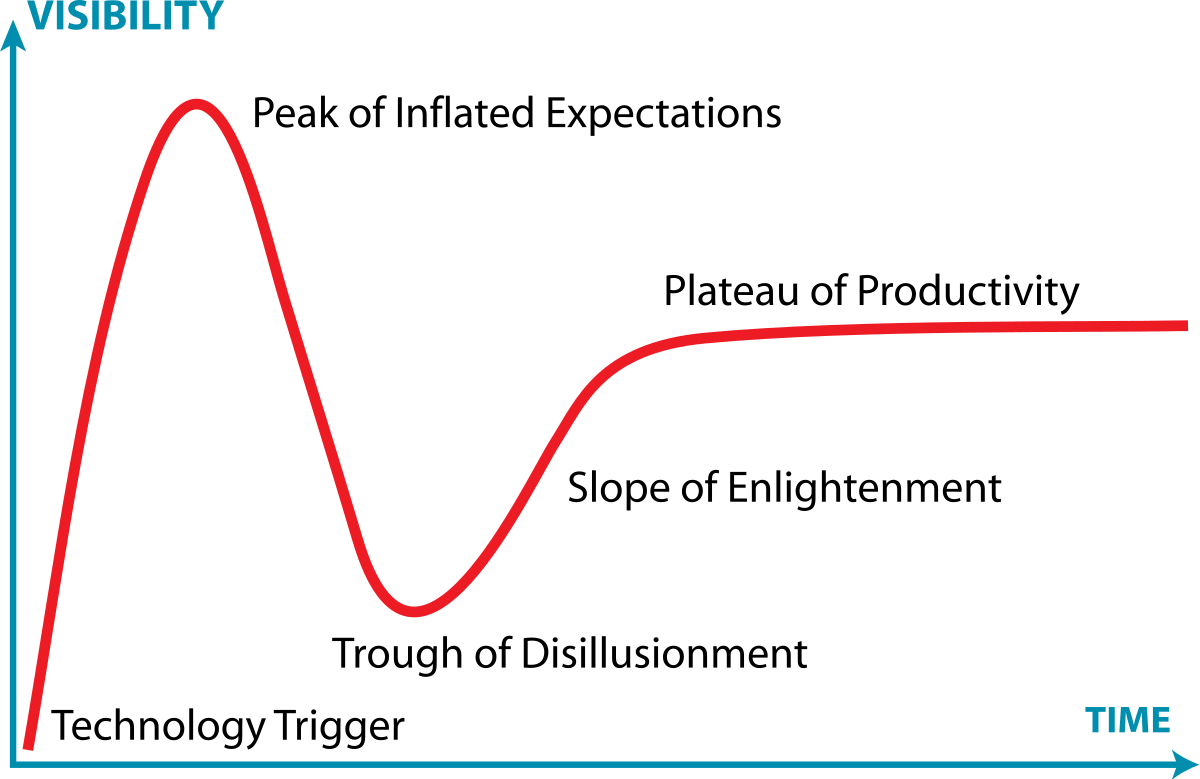
In technology, hype plays a big role. And in general the hype is created by media. And it has been my observation that tech media is not very savvy and just go with the buzzwords of the day.
So its very amusing that now a days I am hearing a lot about voice user interfaces for enterprise apps. This trend has picked up because of new devices like Google Home and Alexa. The more prevalent they become, the more the hype machine starts talking about it.
The funny part is, voice user interfaces for enterprises have been around since 1980s. They are just known with a different name and you just need a more humble device to interact. Voice user interfaces for enterprises have been known as IVRs(Interactive voice response systems) and all you need is a phone to interact with them.
I agree that the old school IVRs were cumbersome and not very intelligent(I can say the same about current day chat bots). But with the advent of Twilio and our own KOOKOO,very innovative IVRs have been created and businesses have been able to communicate with their customers much more efficiently.
And now that speech recognition and NLP access have been commodotized thanks to Google, Alexa, Microsoft and IBM, you can just as easily integrate your IVRs and make them intelligent.
So rather than fight, I am going to join the bandwagon. KOOKOO is not just an IVR platform anymore, its a platform for Voice User Interface for enterprise apps :)
So want build your next VUI(Voice User Interface) for enterprises, please go to KOOKOO and start building.